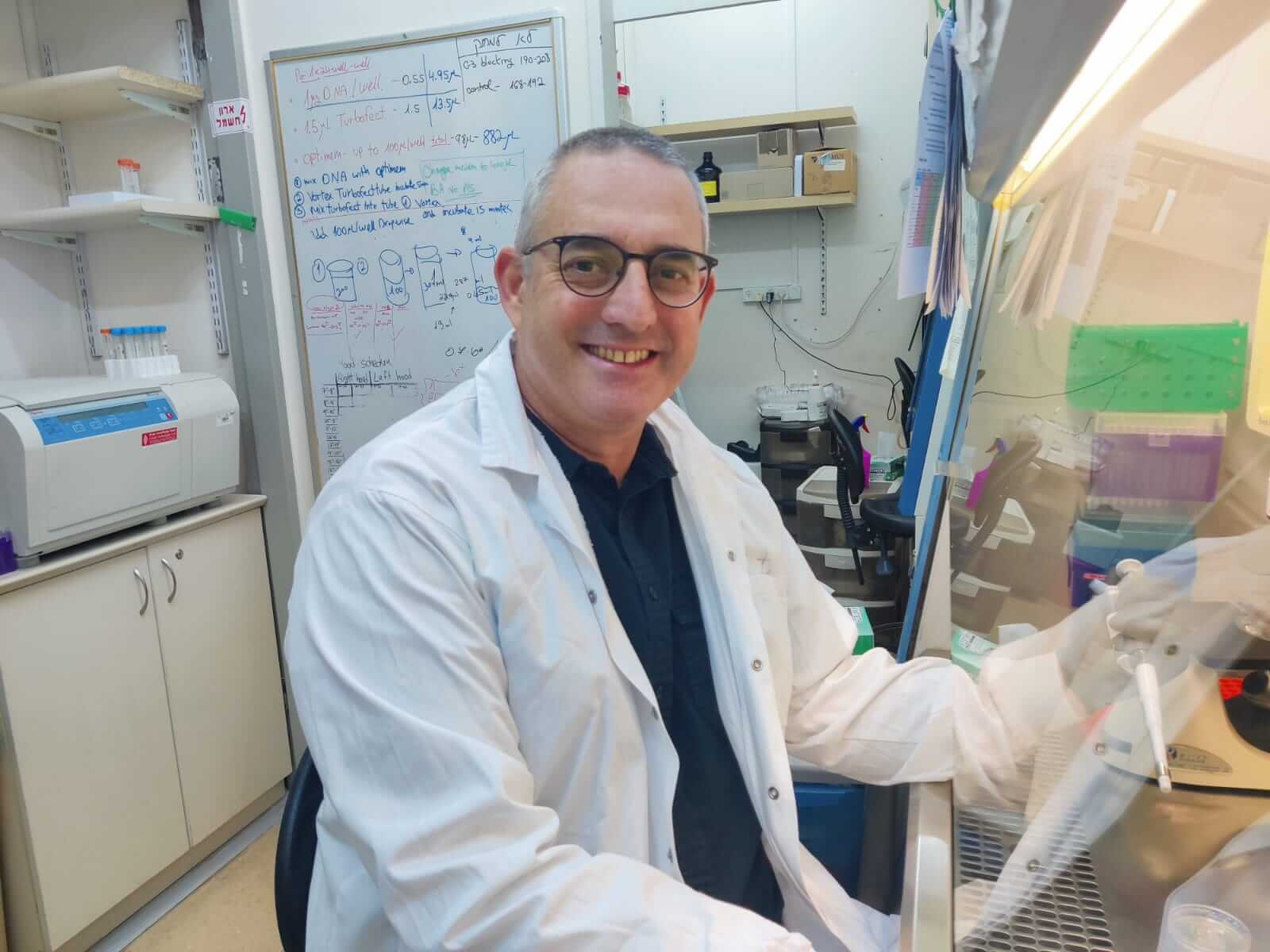For the first time: a mechanism that damages the nerve cells in the terminal muscular dystrophy disease (ALS) has been revealed * CRMP4 serves as a "messenger of death" that moves along the nerve extension and kills motor neurons in ALS disease * Rescued motor neurons in mouse and human models of the disease

Why do nerve cells die? This question is extremely significant when nerve cells die and cause neurodegenerative diseases, such as in ALS, which is a terminal muscular dystrophy disease resulting from the death and destruction of motor nerve cells in the brain and spine. The patients lose the ability to move the muscles of the upper and lower limbs, develop problems swallowing and finally the ability to contract the diaphragm muscles is impaired, the patients are unable to breathe on their own and die within three to five years on average. Although in recent years there has been much progress in understanding the disease, the main cause of the disease is still unknown and currently there is no effective treatment for patients. That is, there is an urgent need to develop a cure. In order for such a treatment to be developed, the basic mechanisms that contribute to the death and destruction of the motor neurons in the disease must first be understood more deeply.
The nerve cells that sit in the spine and are affected by the disease, send long axons that innervate the skeletal muscles. Extensions - these long axons - can reach more than one meter in adult humans. The health of nerve cells depends on effective and good two-way communication and signal transport between the body of the motor nerve that sits in the spine and the end of the axon that innervates the muscle and is at a great distance from it. The cellular transport system that carries biochemical signals along the axon includes as part of the cell skeleton, a rail of protein filaments on which two types of biological locomotives travel: kinesin that moves from the cell body to the end of the axon, and dynein that moves in the opposite direction, from the end of the axon to the cell body in the spine. Mutations and problems in this transport system create nerve health problems that can cause various neurodegenerative diseases including ALS.
signaling process along the axon

Researchers from Tel Aviv University together with their colleagues were able to identify for the first time an innovative signaling process that moves along the axon and causes the death of nerve cell bodies in the spinal column. This molecular mechanism of a "messenger of death" is created by connecting the CRMP4 protein that is mutated in ALS patients, and under stress conditions connects to the dynein biological locomotive at the end of the axon. By breaking down and preventing the binding of CRMP4 to dynein by genetic or pharmacological means, the researchers were able to protect the diseased neuron from death in ALS models. This study first and foremost provides innovative information about the mechanism of death of motor neurons in ALS.
Roi Maimon and Lior Ankol, students in the laboratory of Prof. Eran Perelson from the Sackler Faculty of Medicine and the Segol School of Neuroscience at Tel Aviv University led the project together with Tal Gerdos Perry, Topaz Altman, and Ariel Ionesco in collaboration with leading researchers in Israel and abroad To: Prof. Martin Balstic from the Academy of Sciences in the Czech Republic, Prof. Sami Bermada from the University of Michigan, Dr. Amir Dori from Tel Hashomer and Prof. Yordan Optovsky from Bar-Ilan. The article was recently published in the prestigious journal of the European Molecular Biology Organization EMBO J.
The researchers used a special biological chip system they developed that allows simulating the neuromuscular system that is destroyed in the disease. In this unique system, the researchers grew and sorted the patients' stem cells into nerve and muscle cells. With the help of advanced microscopy - biochemical and molecular methods - the researchers studied the process of nerve cell death in patients compared to healthy ones. Their results were also confirmed on patient tissues and on disease model mice.
Blocking the specific link site
"We first discovered that CRMP4 protein expression is different between diseased and healthy neurons. While the expression of this protein is high in the spine cell body, its levels are low at the axon tip. Later, we found that the change in the protein's location was caused by binding to dynein, which causes the formation of a "messenger of death" and kills nerve cells in the spine" - Prof. Perelson explains. The scientists even mapped and found the specific binding site of CRMP4 for dynein. By preventing the connection of the "messenger of death" to dynein, by genetic changes in the binding sequence or by blocking the binding site with the help of peptides, the researchers were able to cause a significant increase in the survival of the motor nerve cells in mouse and human models of the disease.
Although the development of a drug based on this knowledge is still a long way off, understanding the mechanism is a significant advance and an encouraging sign for understanding why motor neurons die in ALS disease. In the future, this research could be the basis for finding a potential drug for ALS patients based on this discovery.
"This study sheds light on the discovery of an innovative long-term signaling mechanism of a 'messenger of death' that travels along the axon to the spinal column and leads to the loss of motor neurons in ALS disease. This discovery constitutes a new goal for the development of future treatment for ALS and may open new channels in research on long-term communication between the different parts of the nerve in health and disease" - Professor Perelson concludes.
More of the topic in Hayadan:
